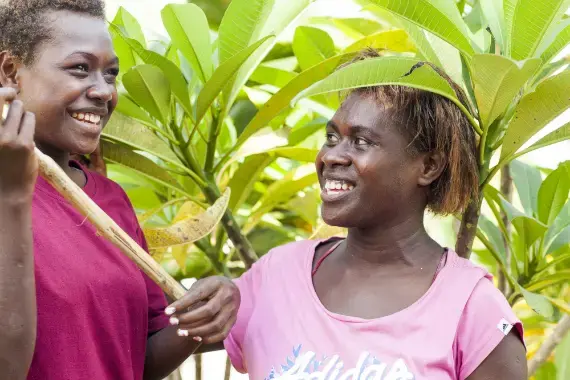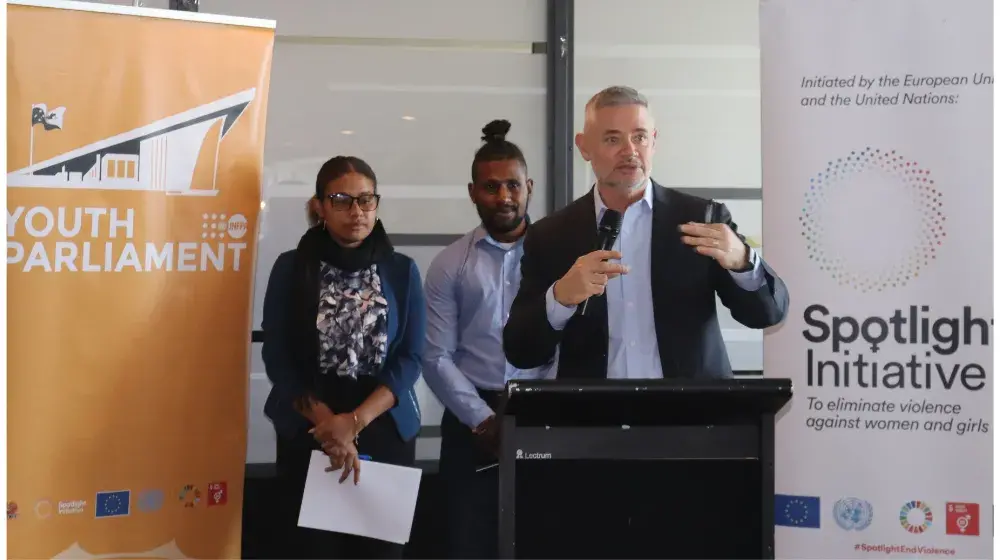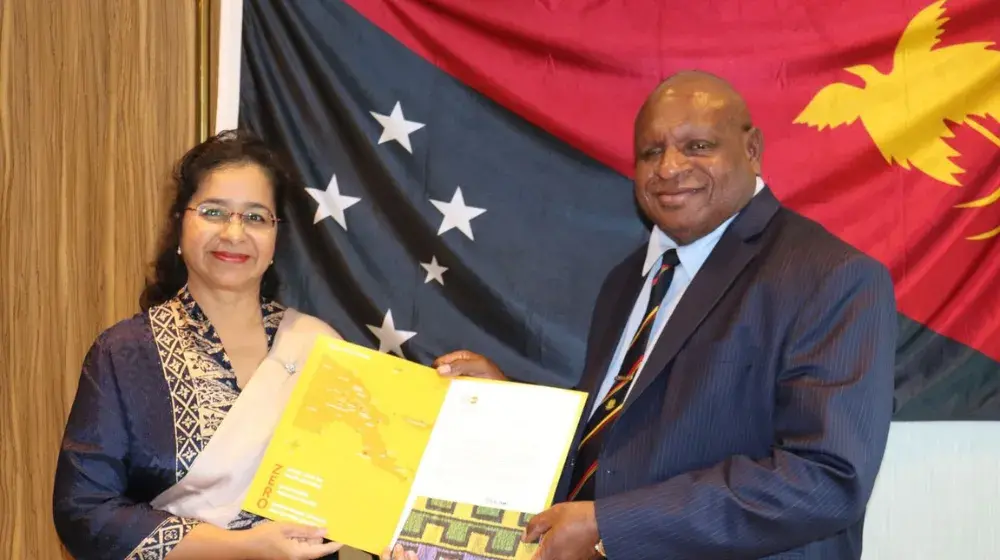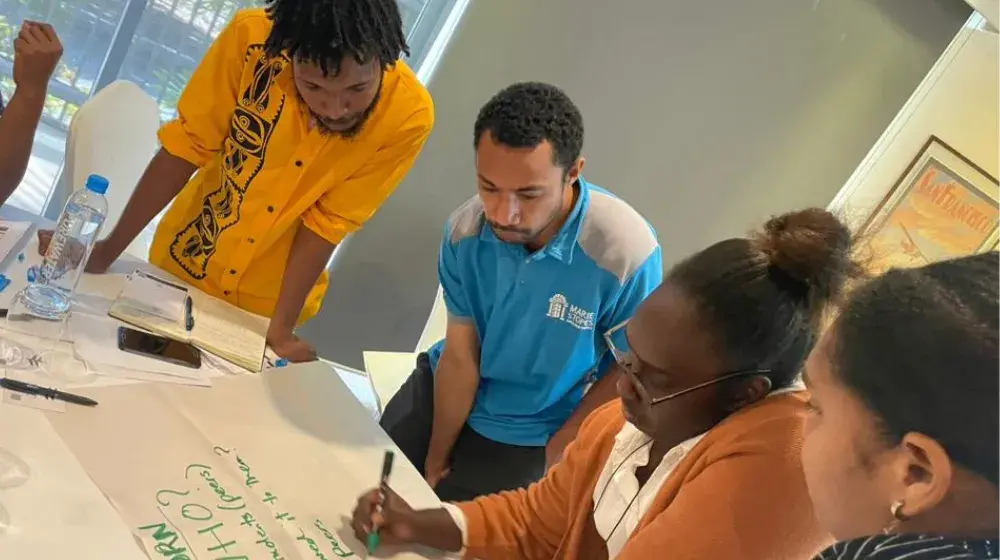Current situation
Young people under 25 make up about 60 per cent of the population in Papua New Guinea (PNG), equating to about 7.3 million inhabitants. If current population trends continue, this group will continue to grow rapidly. One is six women in PNG give birth to their first child before the age of 18 and the country’s population is projected to reach 13 million by 2032.
A multitude of social and economic challenges prevent the country’s youth and adolescents from flourishing and positively contributing to society.
Children and youths are exposed to the highest rate of violence in the East Asia and Pacific Region. Small-scale studies consistently show that violence is a part of everyday life as a large number of children are physically, verbally and sexually abused.
The formal justice system is not responsive to children’s needs in this respect. Less than 20 per cent of child victims of violence have access to courts, either because of distance or cultural norms such as payment of compensation in lieu of court action.
PNG has a low literacy rate. Only one in three children complete their basic education, meaning most do not stay in school long enough to learn the basic learning skills.
With inadequate access to formal education, lack of suitable facilities and activities and limited job training opportunities and a high unemployment rate, adolescents and youth are often not fully engaged or able to participate in the development of their community. It is not uncommon for these young people to join gangs and hang out in settlements, looking for something to do, which at times results in them engaging in opportunistic crimes and violence.
Without investments in the health, education and employability of this large population cohort, the potential of this group to positively contribute to the nation’s future will not be realised.
Key interventions
UNFPA’s work on youth and adolescents aims to:
- promote youth participation and engagement in issues that affect them; and
- increase young people’s access to sexual and reproductive health services and information
- assist in the development and roll out of comprehensive sexual education youth with key stakeholders






